Having been working with Rachel in the archive for the past few months, I got the opportunity to observe and lend a hand to Jane and her team putting up the fabulous Potential Of Pattern exhibition. My point of view will inevitably have been influenced by my experiences, and mostly from my first two years of studying BA Textile Design at the University of Leeds.
The week began with a lot of preparation for bringing the art into the space, Monday was a big paint day. The space transformed from the summery green to aubergine. Something which I find very satisfying, the day also consisted of moving some pieces of the old exhibition out and some of the furniture pieces in for the new exhibition. The day rounded out with a discussion of a rough potential layout of the exhibition.
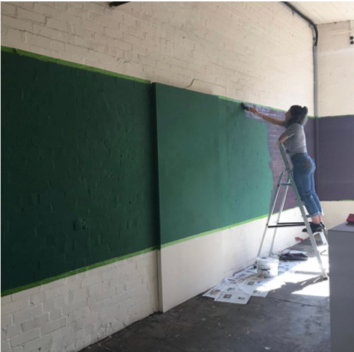
The second day began with some admin, sending out leaflets to various businesses and organisations in the surrounding area, as well as touching up any areas of paint that needed it. Then on to the art! Beginning by bringing in every piece grouped by artist, unwrapping them and then lining them up along the wall. Once everything was visible the arranging and rearranging began, a large part of the process was holding up pieces against the wall and seeing how they worked within the space. Gradually what begun to happen is there would be pieces that visually ‘worked’ in a particular place and then we would see how other pieces could work around it.
One of the earliest pieces that was decided on was Dominic Hopkinson’s pieces, which took up the most real estate of the floor. This sculptural piece became a central anchor of the space. The following day somewhat followed the same process, mounting pieces that were decide on. Then there was an effort to work from the back of the room forwards removing excess boards, finding places for remaining pieces of work and clearing the space of packaging.
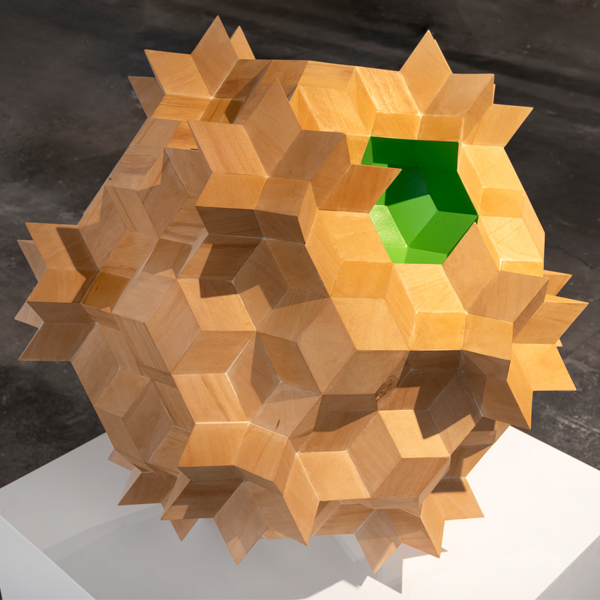
We then moved to the centre of the room next to the shop area where the un-stretched textiles were hung. As a textiles student it was interesting to see how the textiles interacted with the environment, and the difficulties in exhibiting them. Some difficulties physical, in how they can be hung to maintain their authentic form, and some visual in balancing the space.

The last few tasks were the ones I was the most hands on in, styling the shop tables and ceramics on top of plinths.
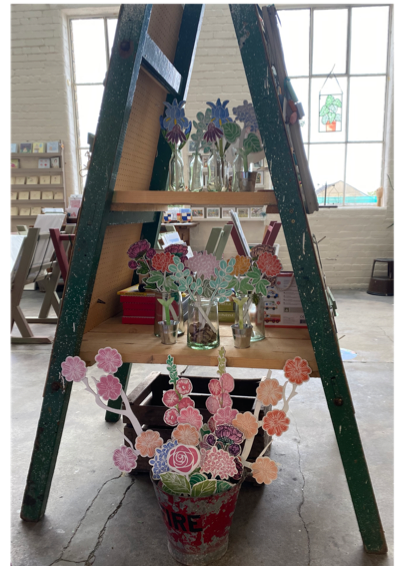
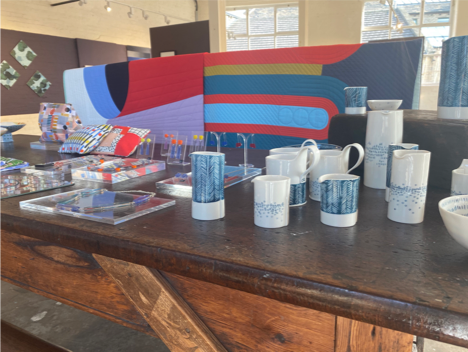
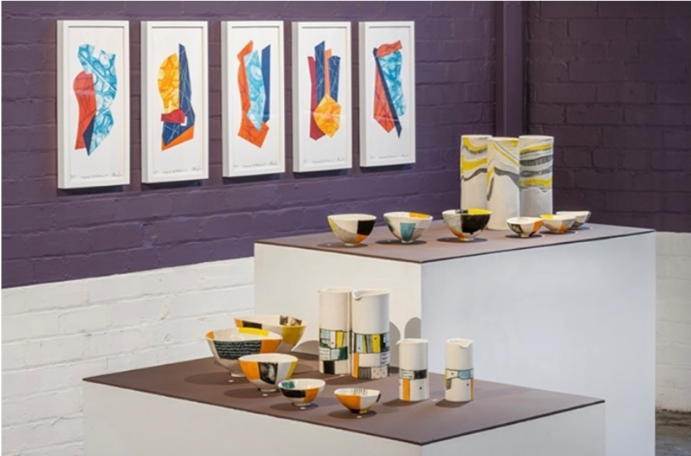
The shop’s exhibition table is a combination of pieces made by the artists and other shop pieces with close ties to the exhibition. Styled using acrylic plastic blocks and a large wooden block to create different height levels.
I thoroughly enjoyed getting hands on in the gallery during the week, and I am grateful I was able to experience a lot of the decision making process. I was surprised to learn how much of the decision process was carried out with the art physically in the space, which makes sense as it would be very hard to visualise how all the pieces would work visually and physically in a space without them in front of you. This fact will inevitably mean that each and every exhibition is a completely different experience to put up, coming from this experience the vast variety possible within installing an exhibition is what excites me most.
Kirstie Payne
Find out more about the exhibition here.
Back To Blog Next (Volunteers) Prev (1970’s fashion)Tags
General Museum & Archive Arts & Culture
